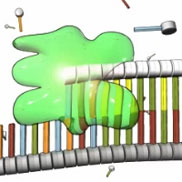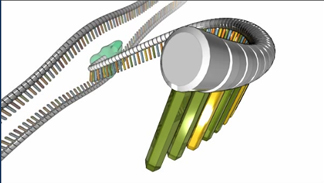DNA is essentially a storage molecule. It contains all of the instructions a cell needs to sustain itself. These instructions are found within genes, which are sections of DNA made up of specific sequences of nucleotides. In order to be implemented, the instructions contained within genes must be expressed, or copied into a form that can be used by cells to produce the proteins needed to support life.
The instructions stored within DNA are read and processed by a cell in two steps: transcription and translation. Each of these steps is a separate biochemical process involving multiple molecules. During transcription, a portion of the cell's DNA serves as a template for creation of an RNA molecule. (RNA, or ribonucleic acid, is chemically similar to DNA, except for three main differences described later on in this concept page.) In some cases, the newly created RNA molecule is itself a finished product, and it serves an important function within the cell. In other cases, the RNA molecule carries messages from the DNA to other parts of the cell for processing. Most often, this information is used to manufacture proteins. The specific type of RNA that carries the information stored in DNA to other areas of the cell is called messenger RNA, or mRNA.
How does transcription proceed?
Transcription begins when an enzyme called RNA polymerase attaches to the DNA template strand and begins assembling a new chain of nucleotides to produce a complementary RNA strand. There are multiple types of types of RNA. In eukaryotes, there are multiple types of RNA polymerase which make the various types of RNA. In prokaryotes, a single RNA polymerase makes all types of RNA. Generally speaking, polymerases are large enzymes that work together with a number of other specialized cell proteins. These cell proteins, called transcription factors, help determine which DNA sequences should be transcribed and precisely when the transcription process should occur.
Initiation
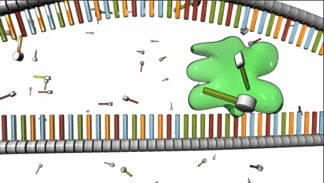
Figure 1: Transcription begins when RNA polymerase binds to the DNA template strand.
The first step in transcription is initiation. During this step, RNA polymerase and its associated transcription factors bind to the DNA strand at a specific area that facilitates transcription (Figure 1). This area, known as a promoter region, often includes a specialized nucleotide sequence, TATAAA, which is also called the TATA box (not shown in Figure 1)
Strand elongation
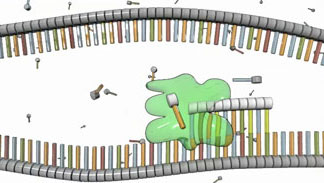
Figure 2: RNA polymerase (green) synthesizes a strand of RNA that is complementary to the DNA template strand below it.
Once RNA polymerase and its related transcription factors are in place, the single-stranded DNA is exposed and ready for transcription. At this point, RNA polymerase begins moving down the DNA template strand in the 3' to 5' direction, and as it does so, it strings together complementary nucleotides. By virtue of complementary base- pairing, this action creates a new strand of mRNA that is organized in the 5' to 3' direction. As the RNA polymerase continues down the strand of DNA, more nucleotides are added to the mRNA, thereby forming a progressively longer chain of nucleotides (Figure 2). This process is called elongation.
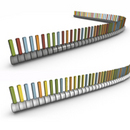
Figure 3: DNA (top) includes thymine (red); in RNA (bottom), thymine is replaced with uracil (yellow).
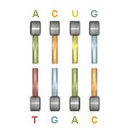
Figure 4: A sample section of RNA bases (upper row) paired with DNA bases (lower row). When this base-pairing happens, RNA uses uracil (yellow) instead of thymine to pair with adenine (green) in the DNA template below.
Thus, the elongation period of transcription creates a new mRNA molecule from a single template strand of DNA. As the mRNA elongates, it peels away from the template as it grows (Figure 5). This mRNA molecule carries DNA's message from the nucleus to ribosomes in the cytoplasm, where proteins are assembled. However, before it can do this, the mRNA strand must separate itself from the DNA template and, in some cases, it must also undergo an editing process of sort.
Termination and editing
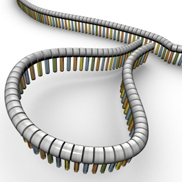
Figure 6: In eukaryotes, noncoding regions called introns are often removed from newly synthesized mRNA.
As previously mentioned, mRNA cannot perform its assigned function within a cell until elongation ends and the new mRNA separates from the DNA template. This process is referred to as termination. In eukaryotes, the process of termination can occur in several different ways, depending on the exact type of polymerase used during transcription. In some cases, termination occurs as soon as the polymerase reaches a specific series of nucleotides along the DNA template, known as the termination sequence. In other cases, the presence of a special protein known as a termination factor is also required for termination to occur.
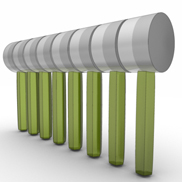
Figure 7: In eukaryotes, a poly-A tail is often added to the completed, edited mRNA molecule to signal that this molecule is ready to leave the nucleus through a nuclear pore.
Once termination is complete, the mRNA molecule falls off the DNA template. At this point, at least in eukaryotes, the newly synthesized mRNA undergoes a process in which noncoding nucleotide sequences, called introns, are clipped out of the mRNA strand. This process "tidies up" the molecule and removes nucleotides that are not involved in protein production (Figure 6). Then, a sequence of adenine nucleotides called a poly-A tail is added to the 3' end of the mRNA molecule (Figure 7). This sequence signals to the cell that the mRNA molecule is ready to leave the nucleus and enter the cytoplasm.
What's next for the RNA molecule?
Once an mRNA molecule is complete, that molecule can go on to play a key role in the process known as translation. During translation, the information that is contained within the mRNA is used to direct the creation of a protein molecule. In order for this to occur, however, the mRNA itself must be read by a special, protein-synthesizing structure within the cell known as a ribosome.







